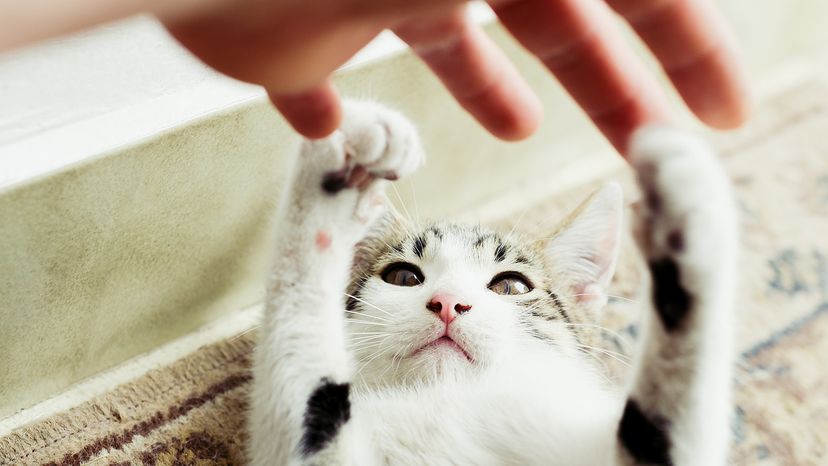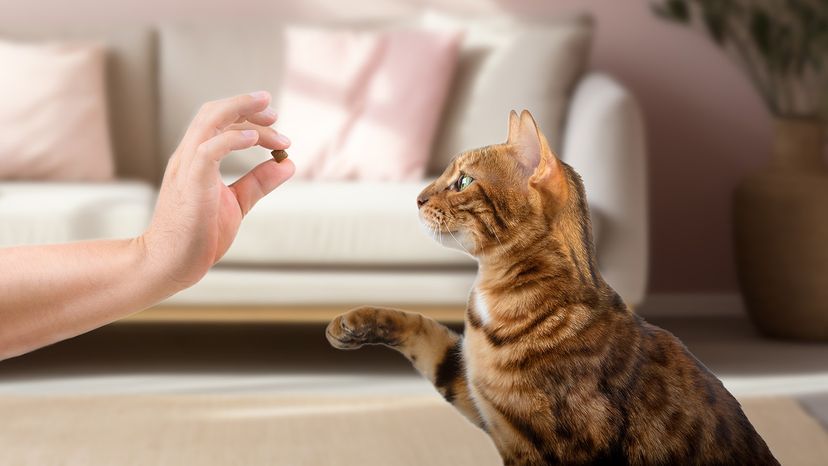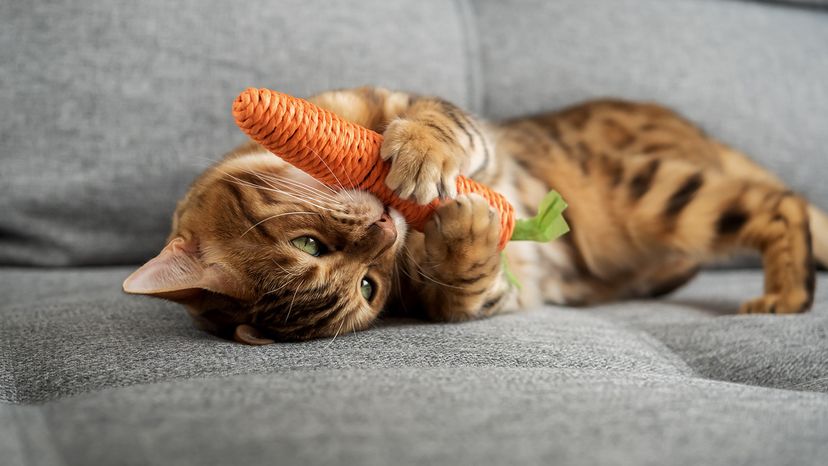
Cats are independent, clever, and occasionally destructive. If your feline friend is scratching the furniture or showing aggression, you may be wondering how to discipline a cat without damaging your bond.
The key is guiding behavior — not punishing it.
Advertisement

